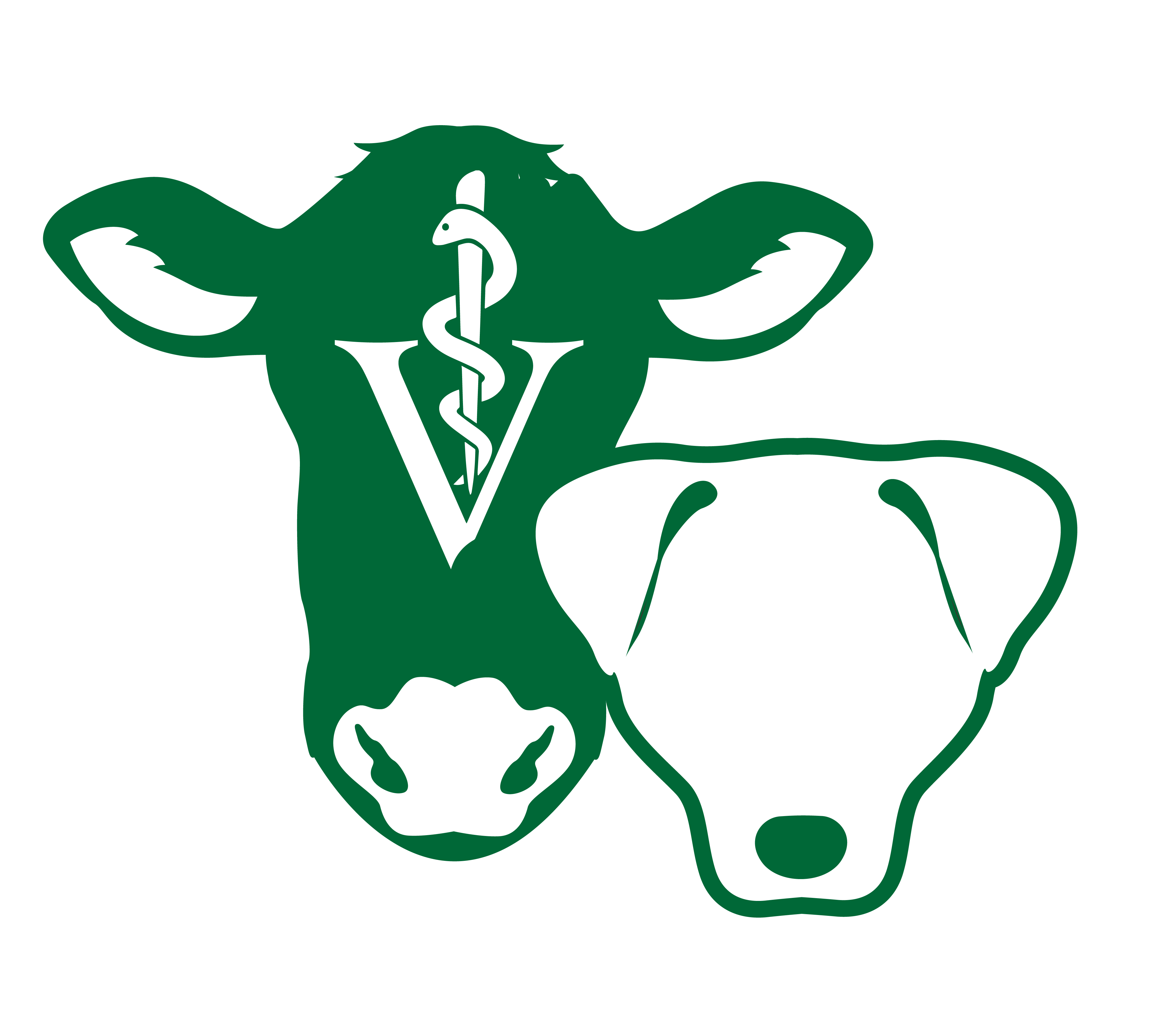The prevention and early detection of disease gives us the opportunity to significantly improve your pet’s quality of life and longevity. This is especially true with periodontal (dental) disease, which is the most common health problem in pets.
According to the American Veterinary Dental Society,
80% of dogs and 70% of cats have oral disease by the age of 3.
In many instances, the changes associated with dental disease go unnoticed, pets may continue to eat and chew normally while coping with an underlying dental problem. Plaque and tartar accumulation can cause bad breath, gum disease and can increase the risk of an infection that may affect other organs in the body. This is why it is so important that your pet has a regular dental examination.
During the month of February it is “Dental Health Awareness Month” at Stuart-Anita Veterinary Clinics. In addition to our regular dental health examinations, our team will have a number of educational materials and tips to help you with your pets home dental care program.
Prevention is the Best Approach to Dental Care
Some signs of dental problems include:
- bad breath - one of the first signs of dental disease
- a yellowish brown crust of plaque on the teeth near the gum line
- red or swollen gums
- pain or bleeding when your pet eats or when the mouth or gums are touched
- decreased appetite or difficulty eating
- loose or missing teeth
